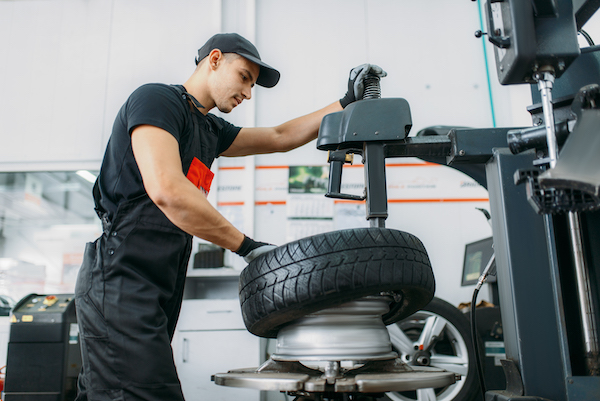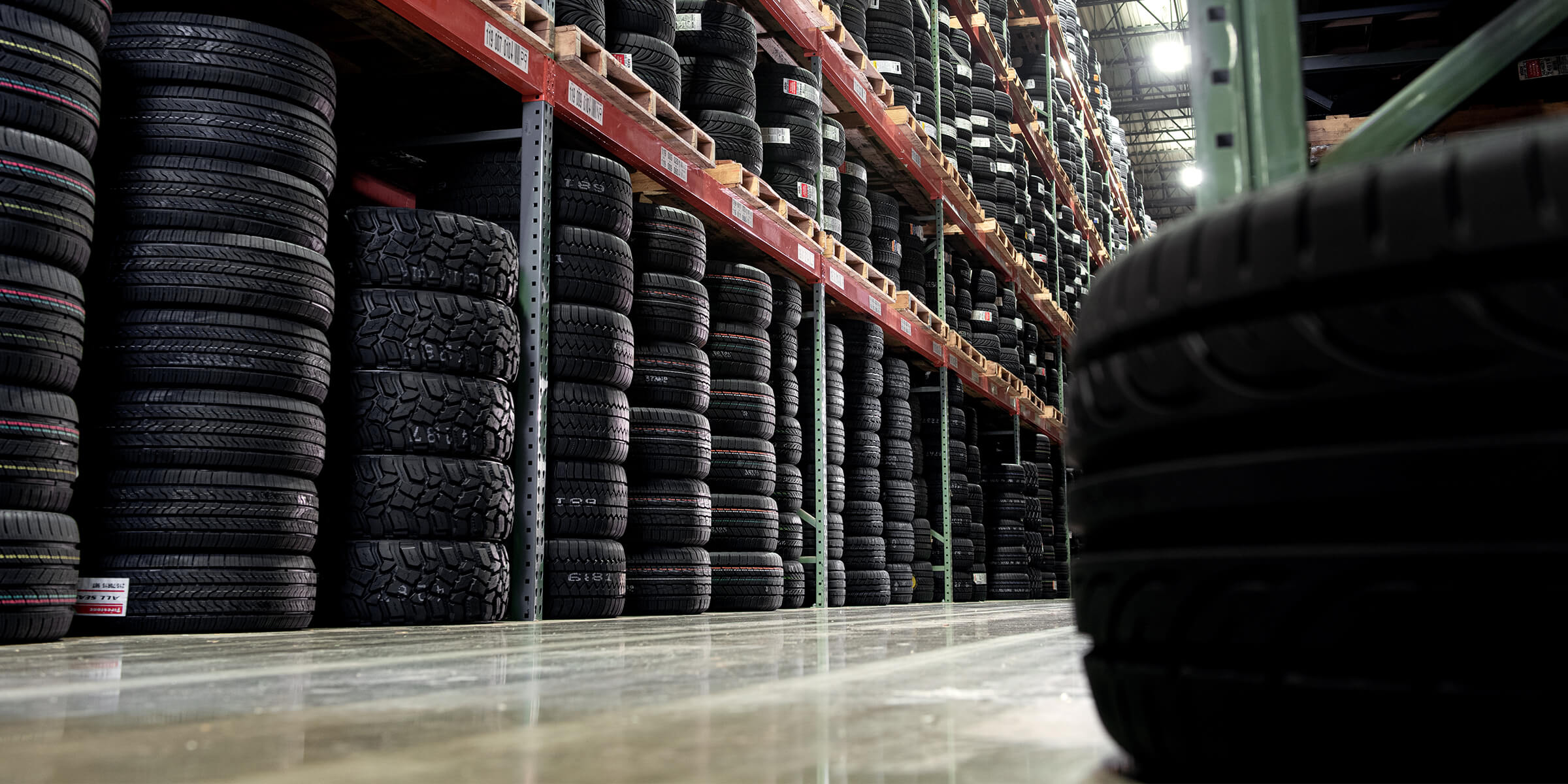Tire Service: Recognizing Tire Stress Surveillance Solutions
Understanding Tire Stress Surveillance Solutions (TPMS) is a critical element of preserving ideal automobile performance and security on the road. With developments in automotive innovation, TPMS has actually become a typical function in modern-day vehicles, supplying real-time info on tire pressure degrees.

Value of TPMS
The relevance of Tire Pressure Tracking Equipments (TPMS) lies in their capability to improve lorry safety and performance with real-time tracking of tire stress degrees. Maintaining the appropriate tire pressure is crucial for making sure optimal handling, braking, and overall safety and security of a vehicle. TPMS supplies drivers with prompt comments on any type of overinflated or underinflated tires, enabling for prompt adjustments to be made.
Parts of TPMS
Sensors are commonly located in the tire valve stem or connected to the wheel setting up, where they determine tire stress and transmit information to the control component. Some progressed TPMS designs likewise show the real tire pressure analyses for each tire, giving vehicle drivers with real-time information to make certain optimal tire efficiency and safety. By keeping an eye on tire pressure constantly, TPMS helps protect against crashes, reduces tire wear, and enhances gas efficiency, making it a critical element for vehicle safety and security and performance. discount tires morris il.
Sorts Of TPMS

On the other hand, indirect TPMS depends on the vehicle's wheel speed sensors to keep an eye on tire stress. This system finds underinflation by comparing the rotational speeds of the wheels. Indirect TPMS is less pricey than straight TPMS, as it makes use of existing sensing units within the vehicle.
While direct TPMS offers a lot more exact analyses, indirect TPMS is less complex in design and usually calls for much less maintenance. Both systems have their limitations and benefits, and the choice between them typically relies on elements such as cost, car make, and individual preference. Recognizing the distinctions in between these two sorts of TPMS can assist automobile proprietors make informed choices relating to tire maintenance and safety and security.
TPMS Upkeep Tips
Reliable upkeep of TPMS is vital for making certain optimum performance and security of your automobile. Regularly inspecting the TPMS sensing units for any damage or deterioration is vital. Make certain that the sensors are free and tidy from debris that could disrupt their performance. Additionally, it is recommended to inspect the sensing unit batteries occasionally and change them as needed to guarantee accurate readings. Conduct routine look at the tire stress levels and contrast them with the TPMS readings to ensure they are consistent. Rectify the system complying with the producer's standards if there are any disparities. Throughout tire rotation or replacement, make sure that the TPMS parts are my blog dealt with meticulously to avoid any prospective damage. Lastly, if the TPMS cautioning light brightens on the dashboard, resolve the problem immediately by inspecting the tire pressures and the total system for any type of faults. By adhering to these upkeep ideas, you can lengthen the lifespan of your TPMS and enhance the security of your driving experience.
Advantages of Appropriate Tire Pressure
Maintaining proper tire stress, as highlighted in TPMS Maintenance Tips, is critical for enjoying the countless benefits related to optimum tire stress levels. Among the main benefits of preserving the proper tire pressure is boosted fuel performance. When tires are appropriately blown up, there is much less moving use this link resistance, resulting in much better gas economy. Additionally, correct tire pressure guarantees also tire wear, expanding the life expectancy of the tires and promoting safer driving problems. With the ideal tire stress, automobiles additionally have far better handling and traction, specifically in negative weather. This can improve total driving efficiency and safety and security for the chauffeur and travelers. Preserving optimum tire stress can add to a smoother and a lot more comfy ride by lowering resonances and sound caused by underinflated tires. To conclude, the advantages of proper tire stress go beyond simply tire long life; they encompass enhanced gas effectiveness, boosted safety, far better automobile performance, and general driving comfort.
Conclusion
Finally, recognizing tire stress monitoring systems (TPMS) is crucial for maintaining ideal tire pressure and making sure automobile safety and security. By acknowledging the significance of TPMS, recognizing with its components, knowing the different types offered, sticking to proper upkeep ideas, and recognizing the benefits of maintaining proper tire stress, motorists can improve their driving experience and prolong the life expectancy of their tires. Proper tire stress is essential to safe and efficient vehicle procedure.
